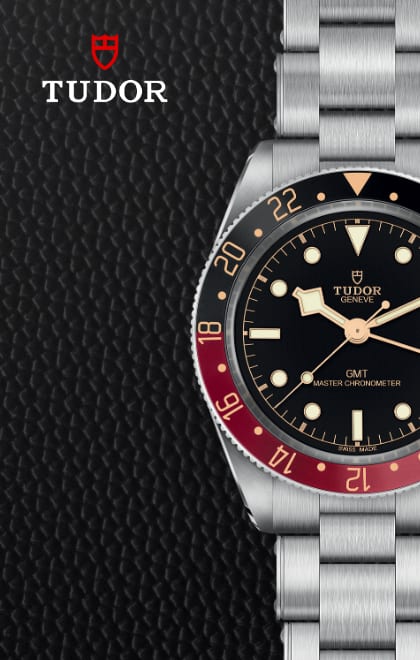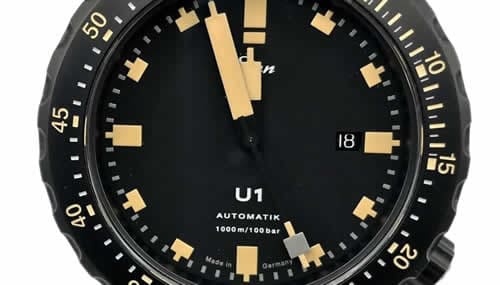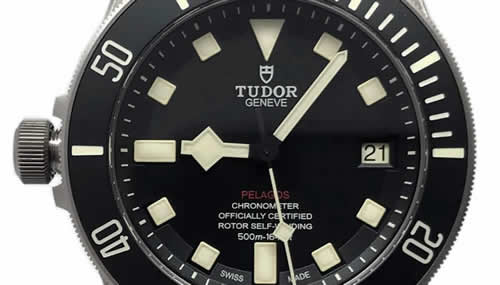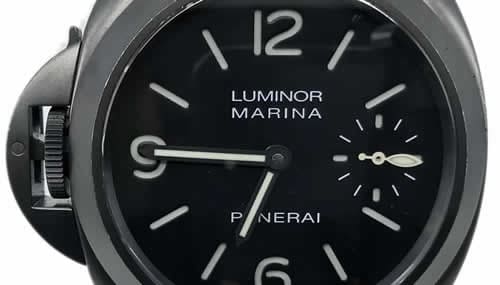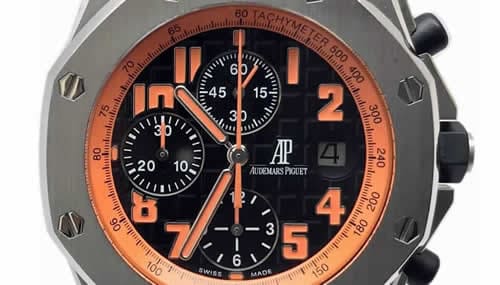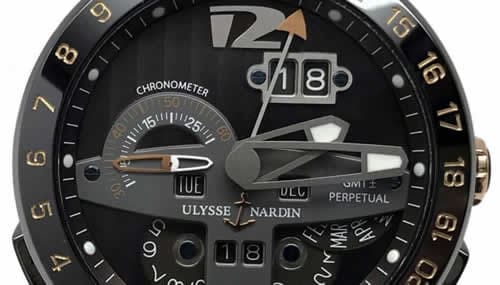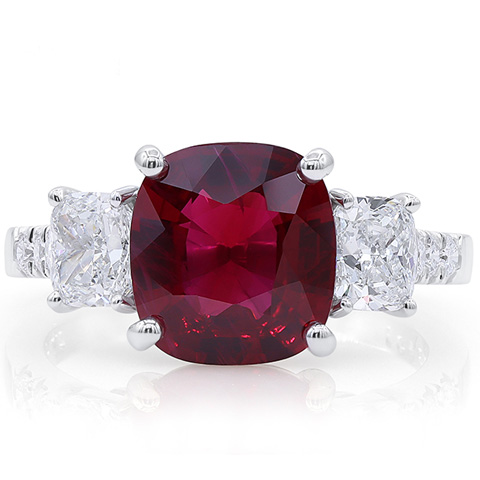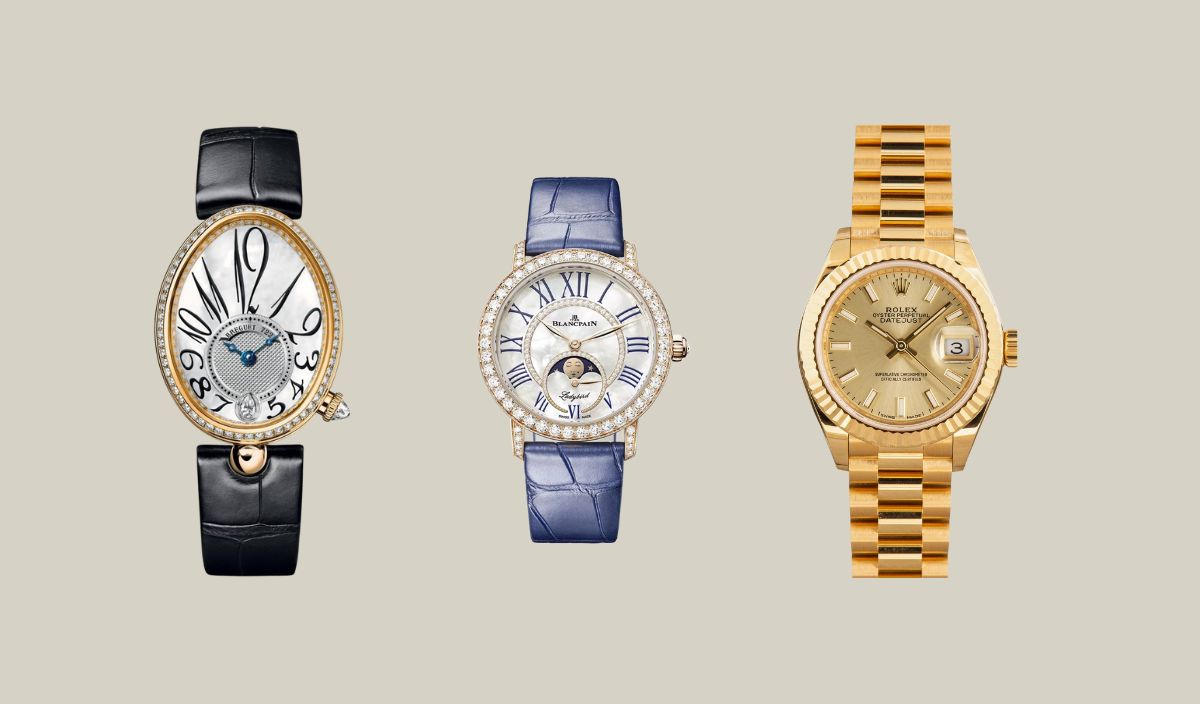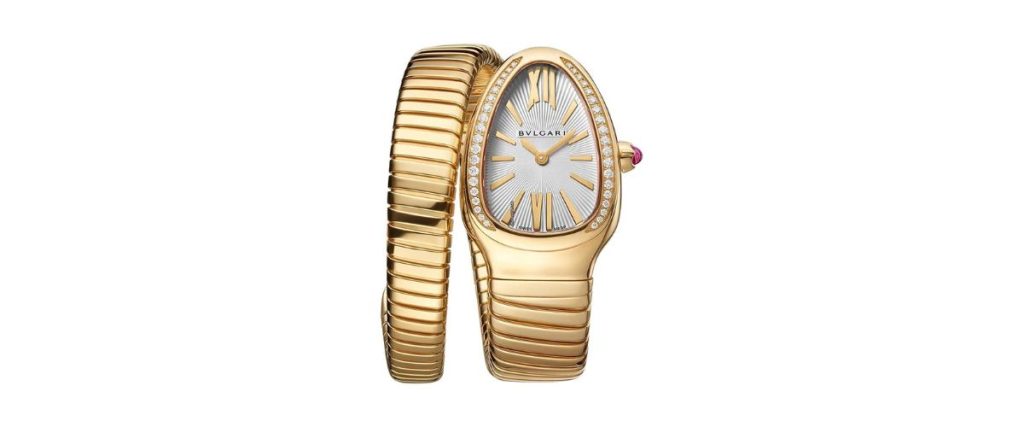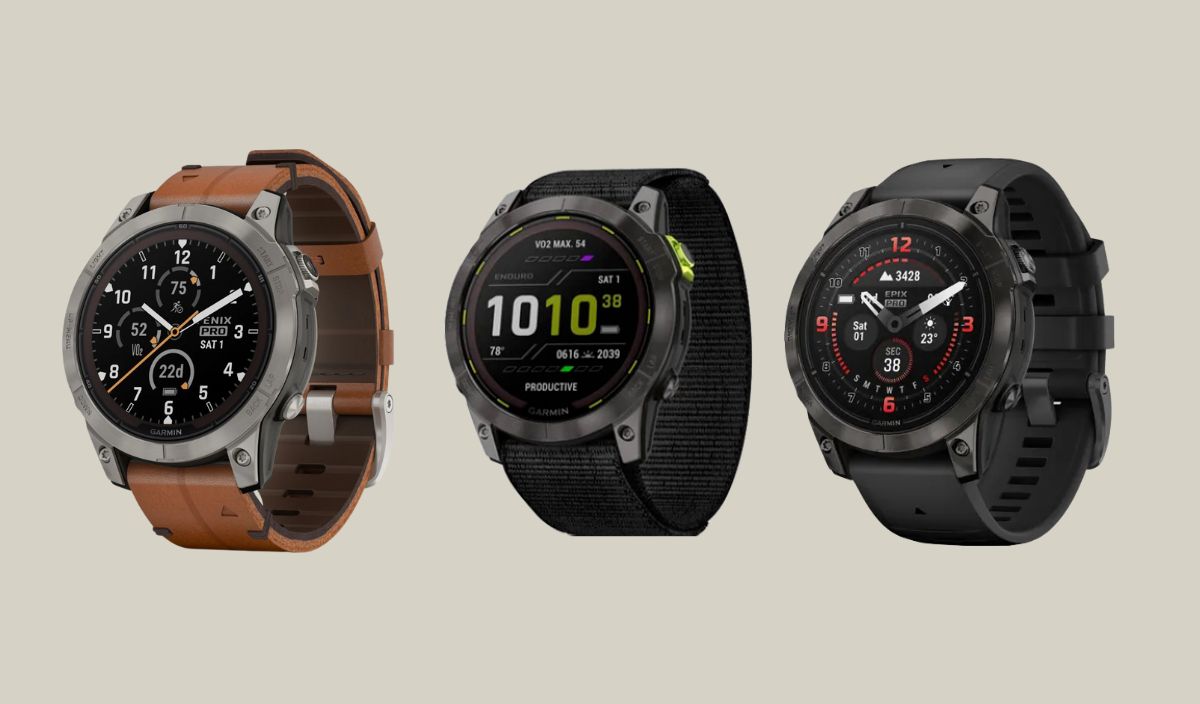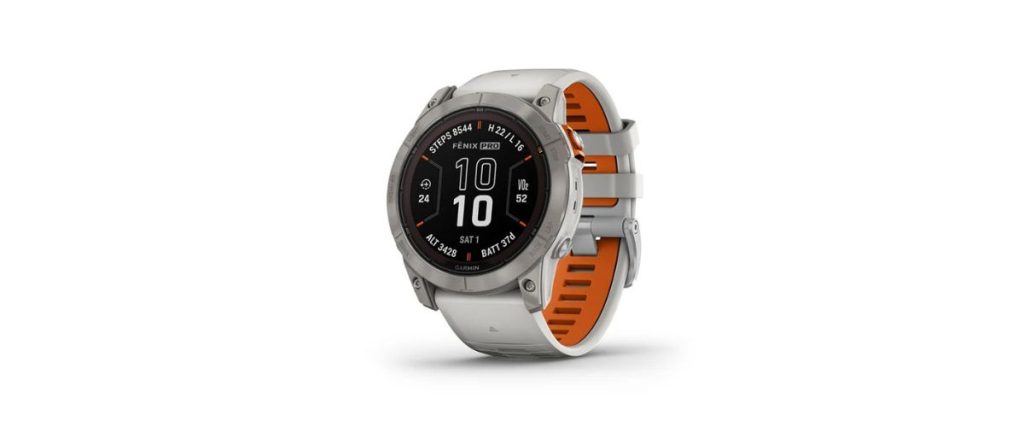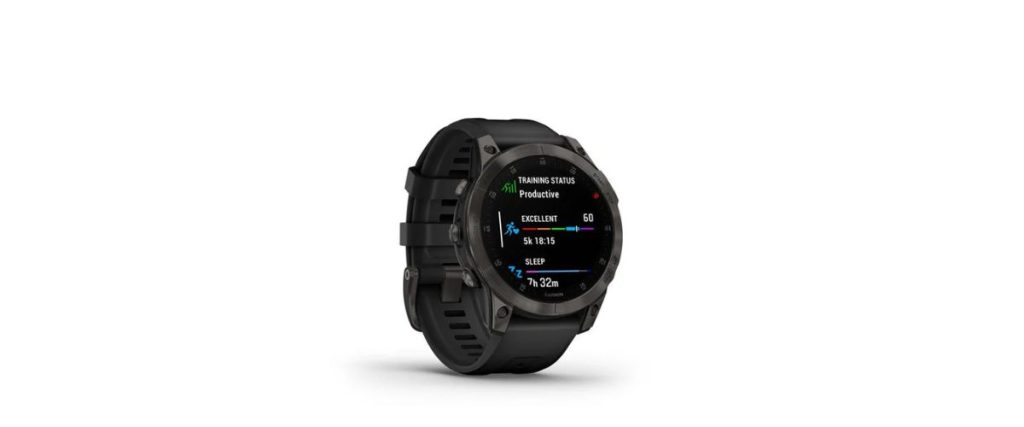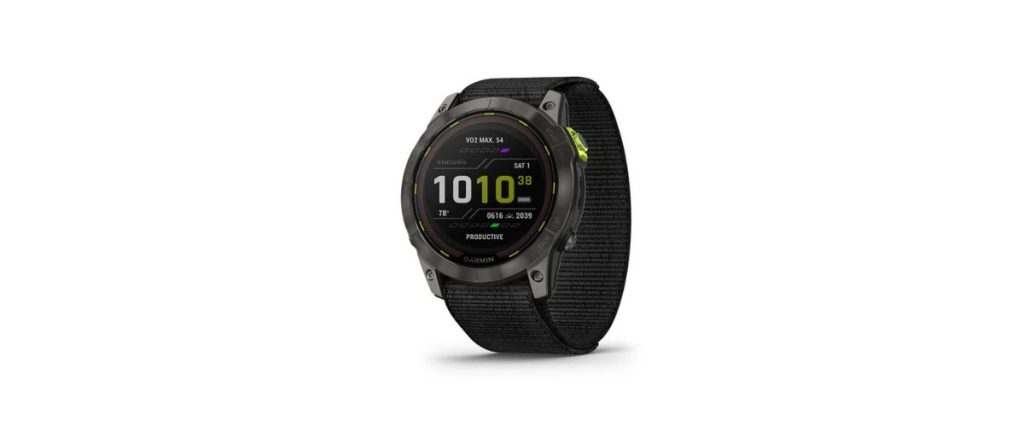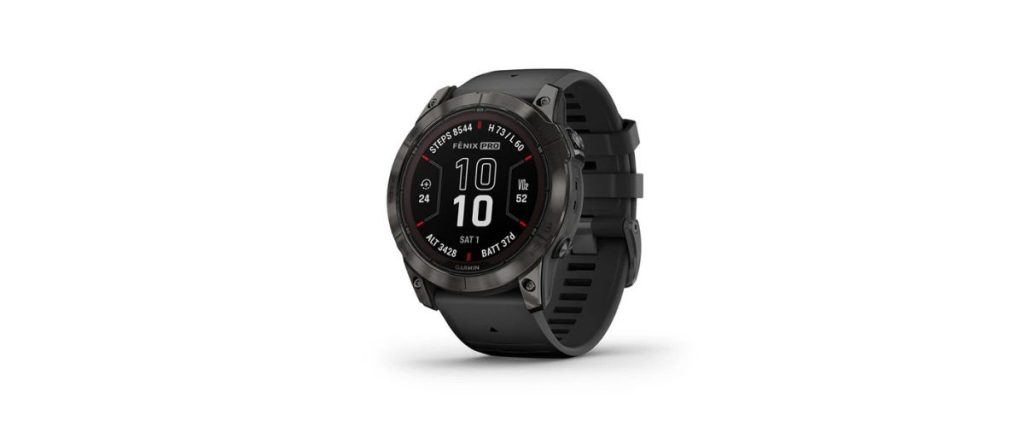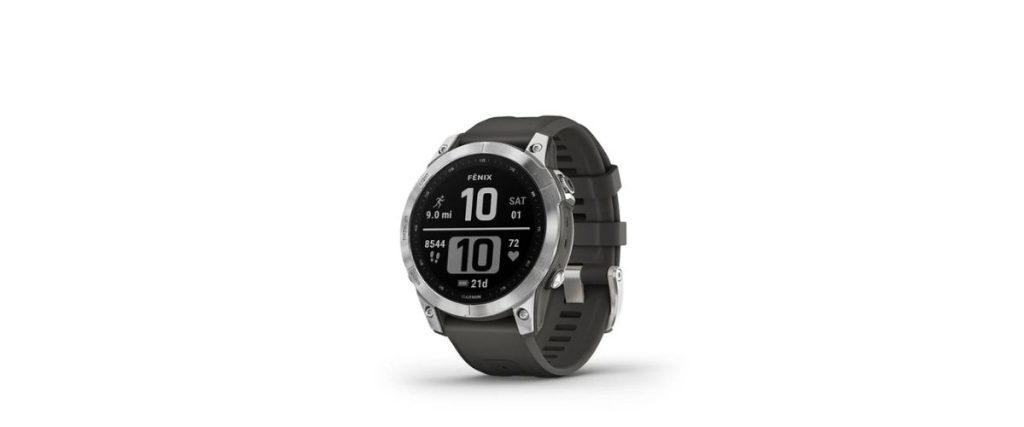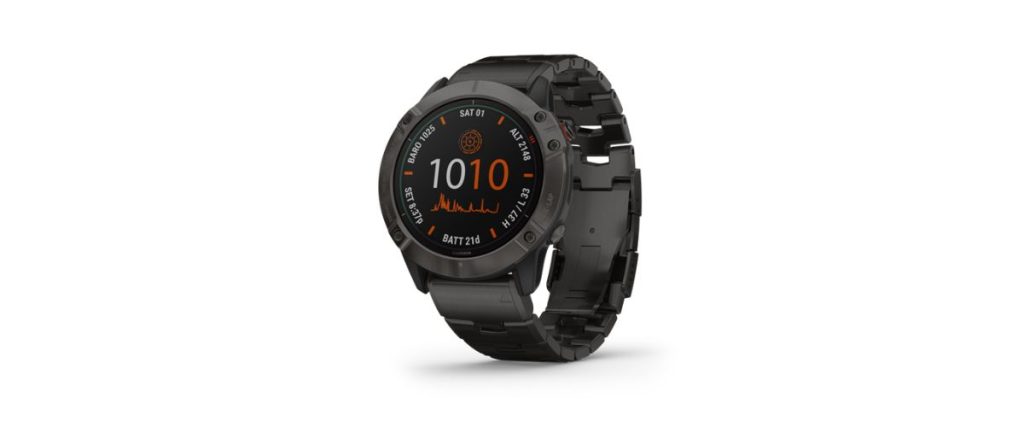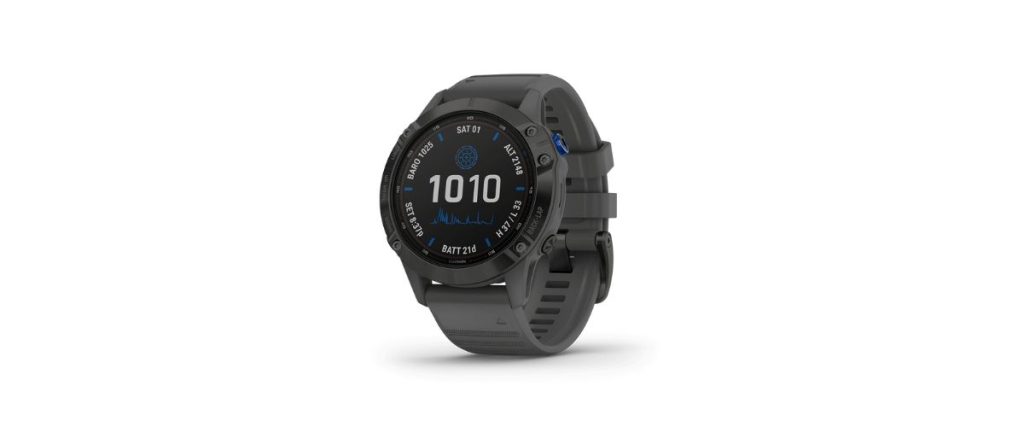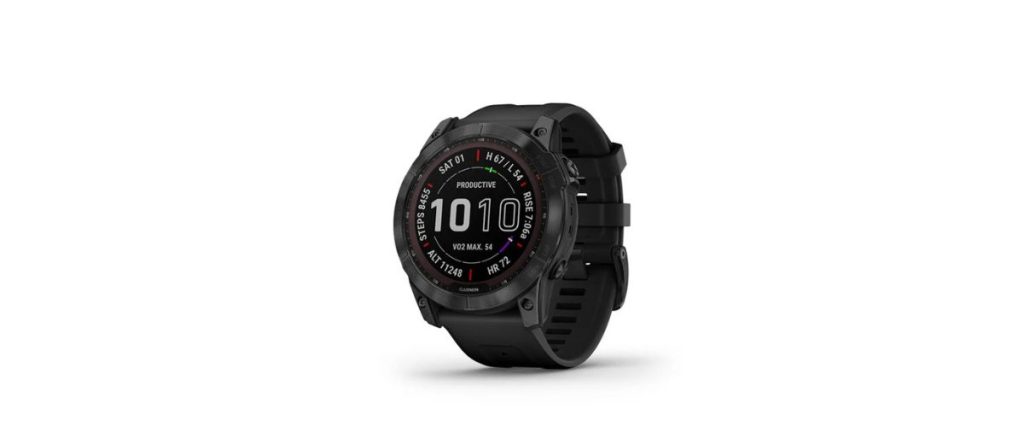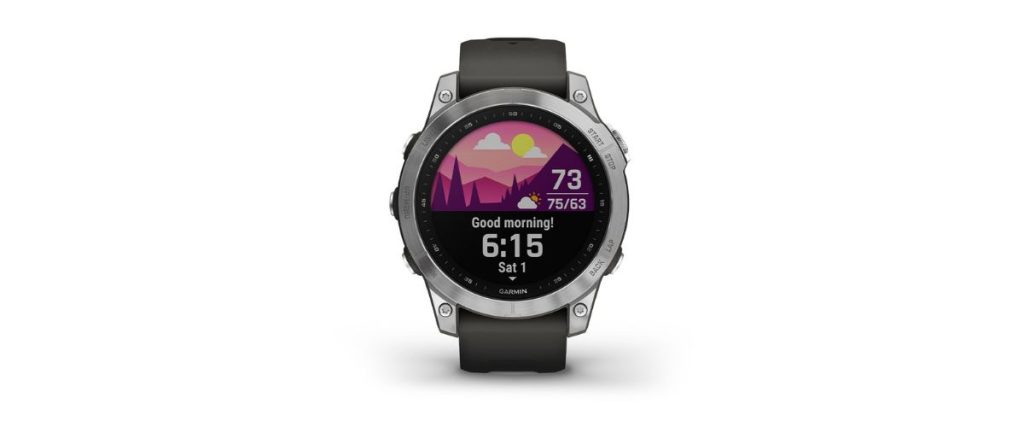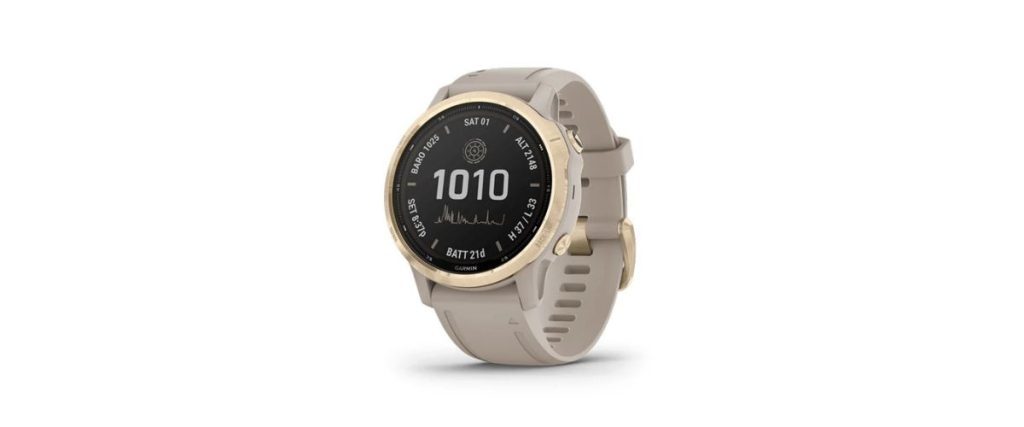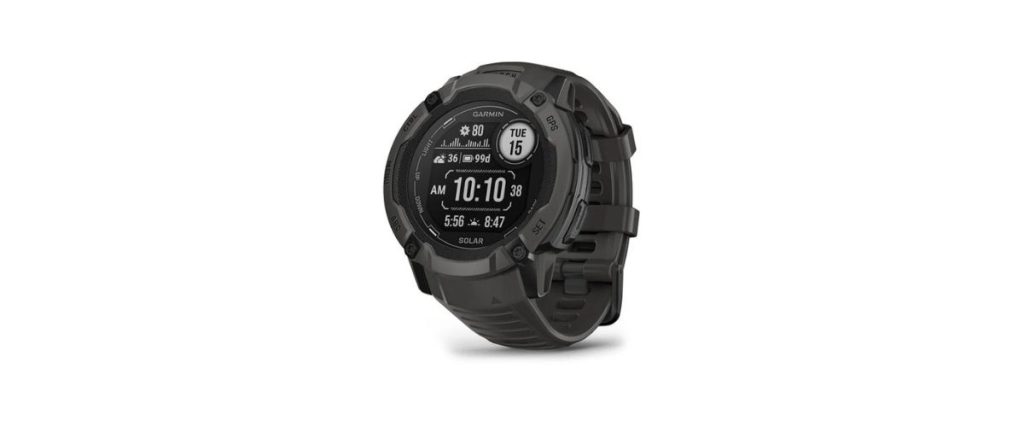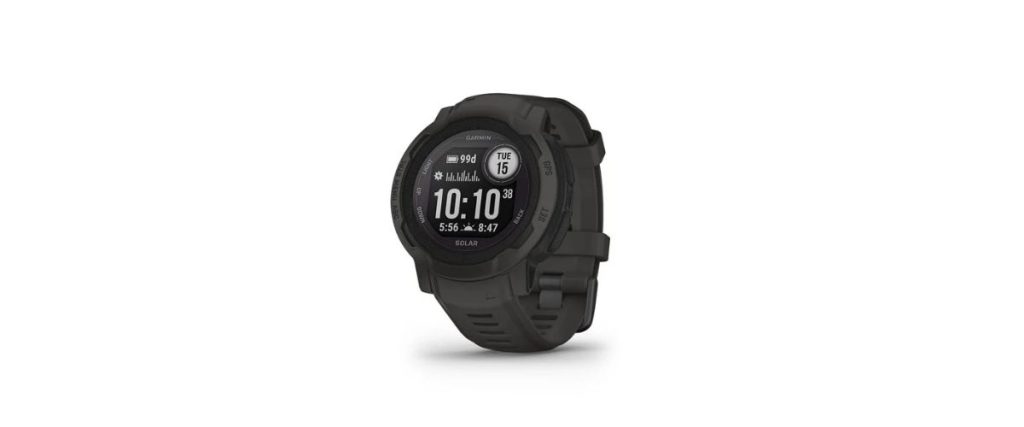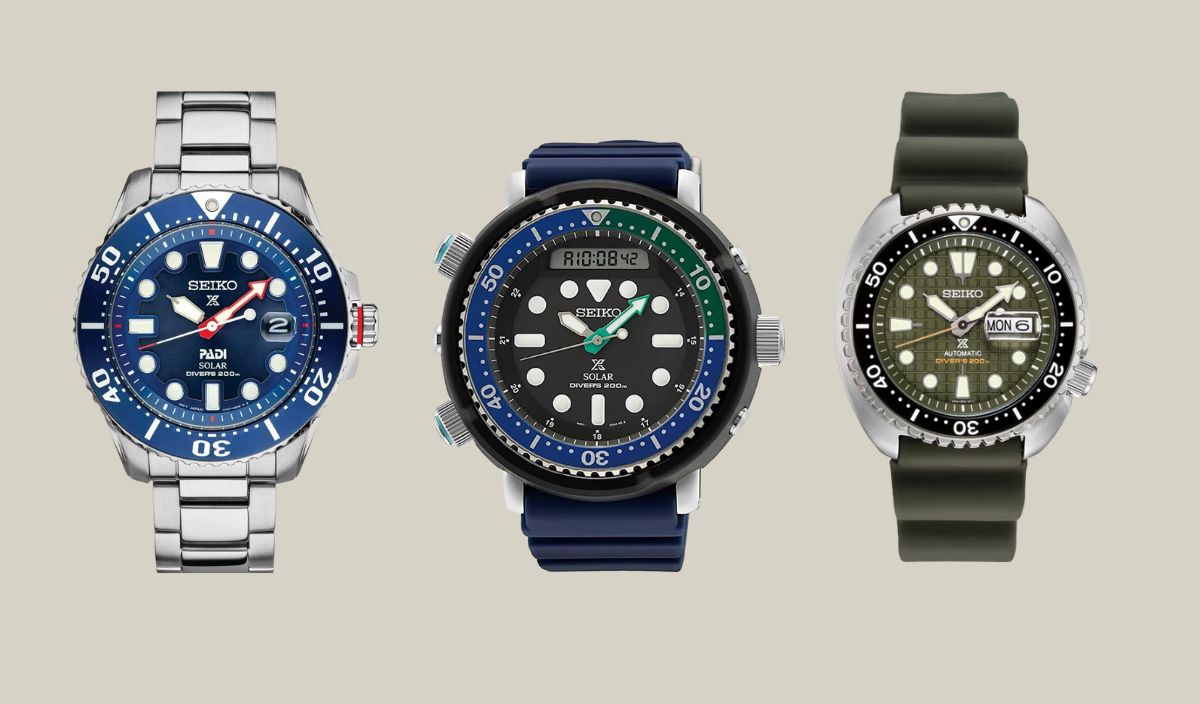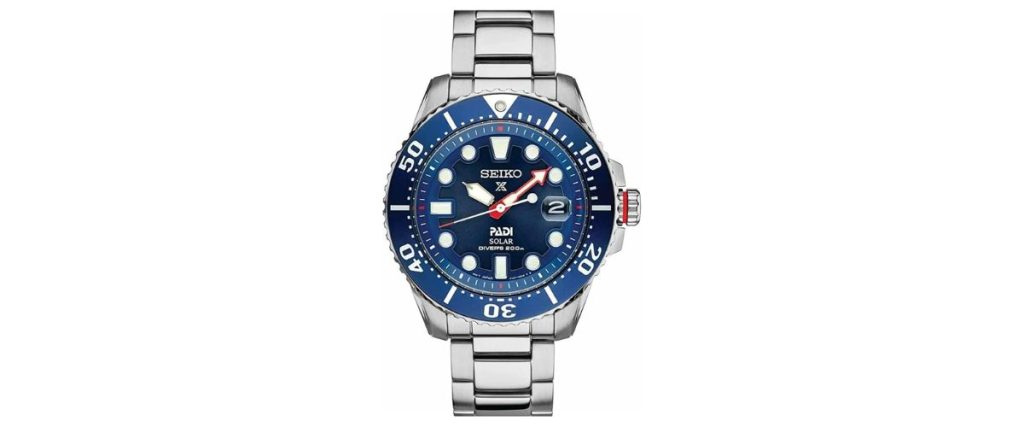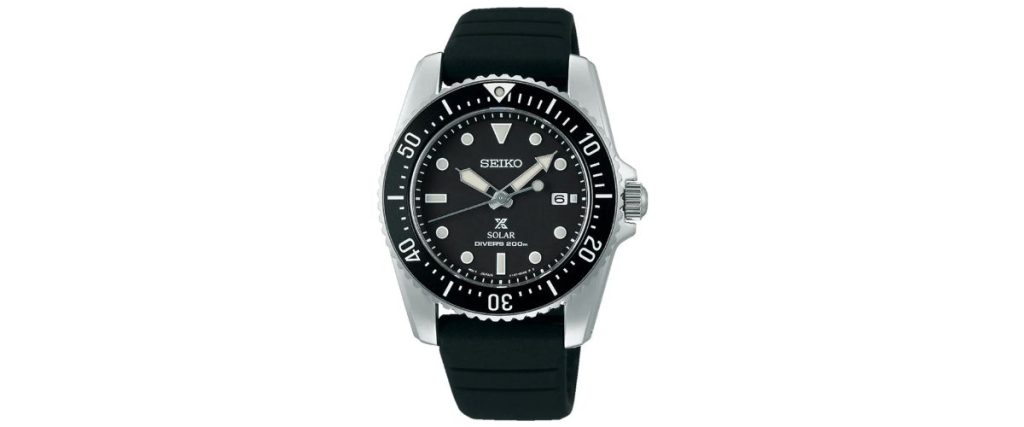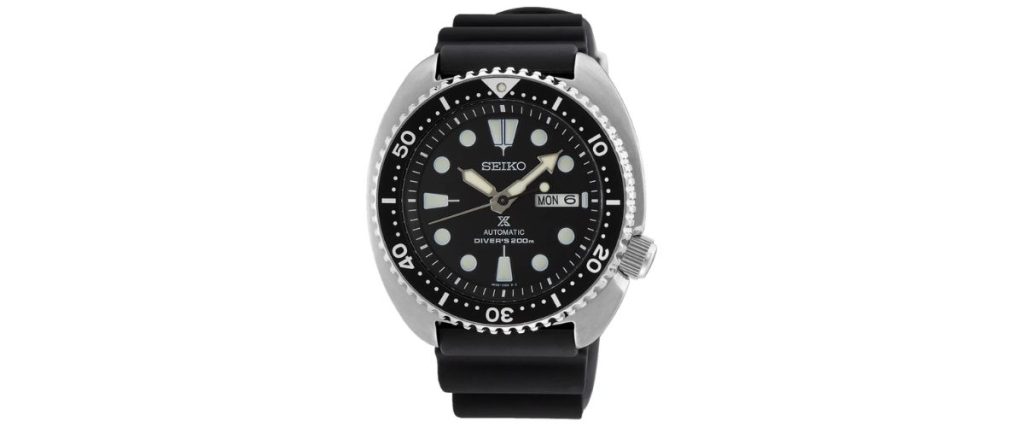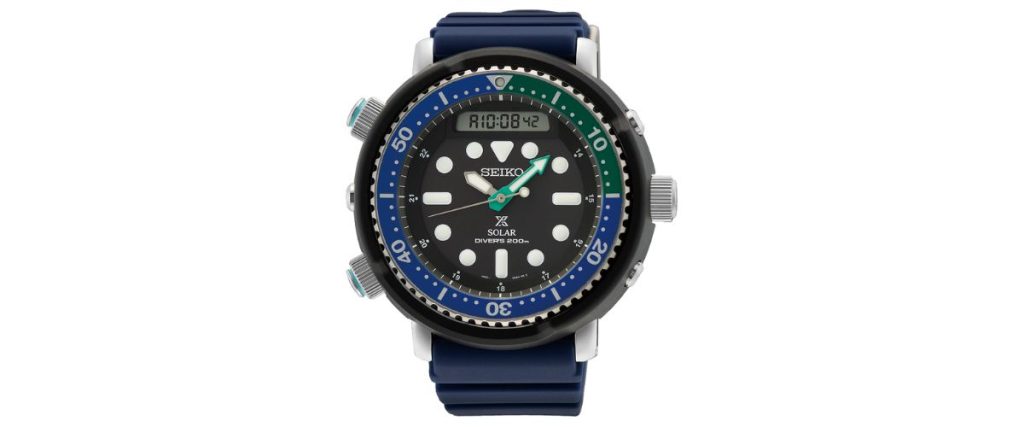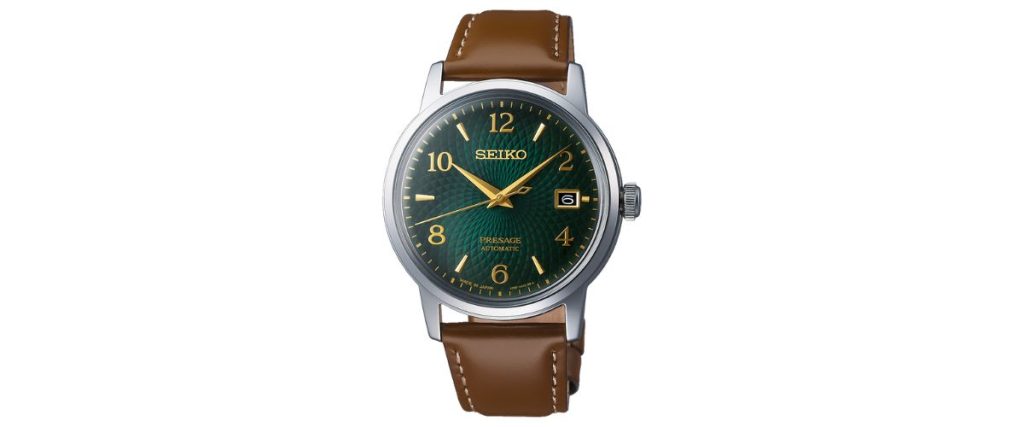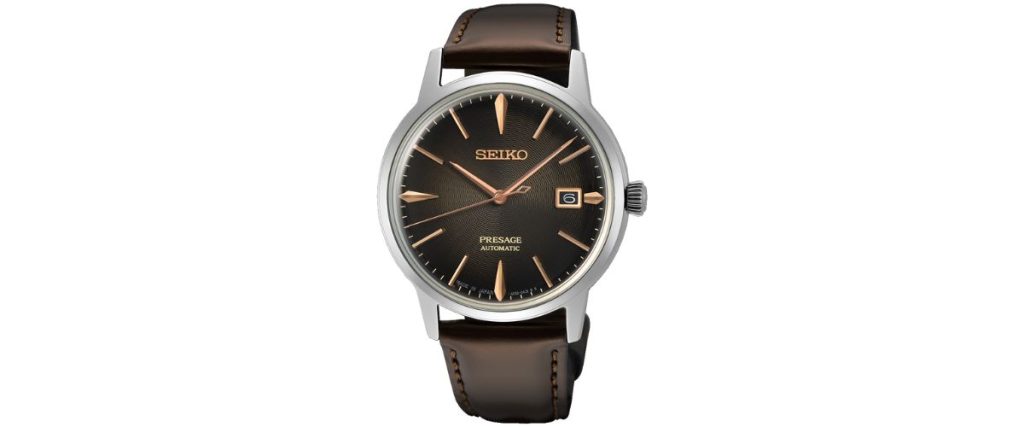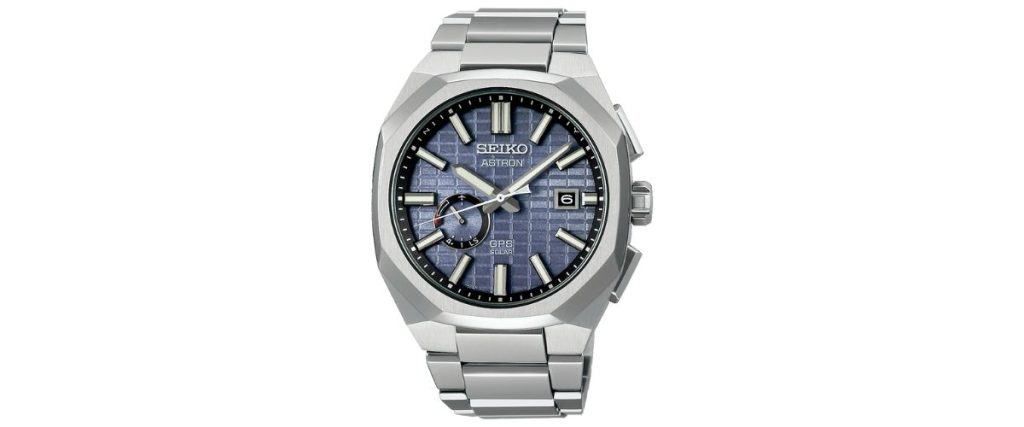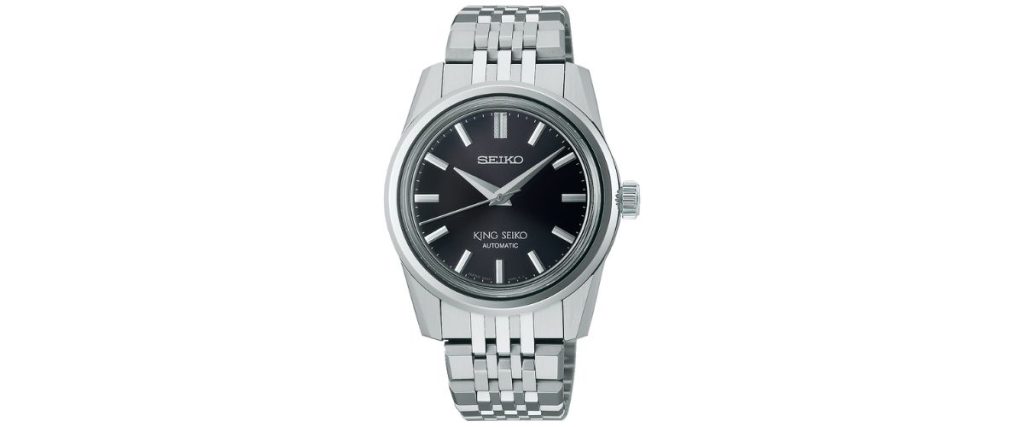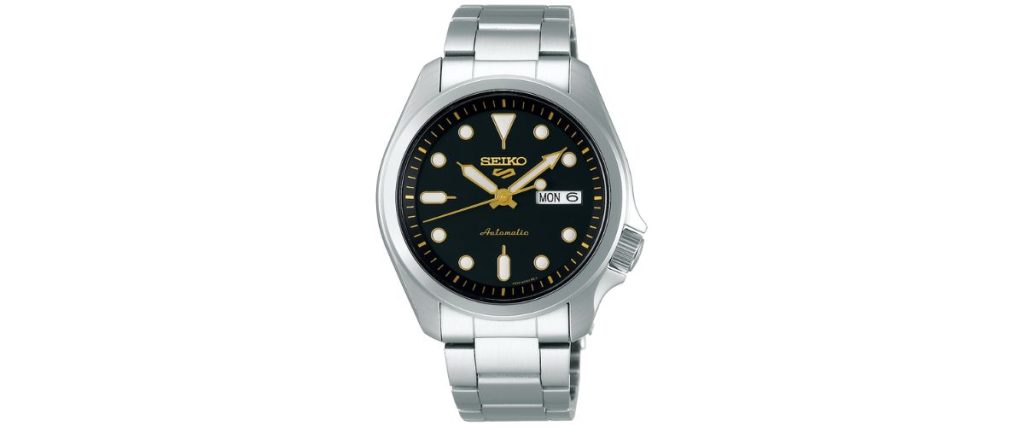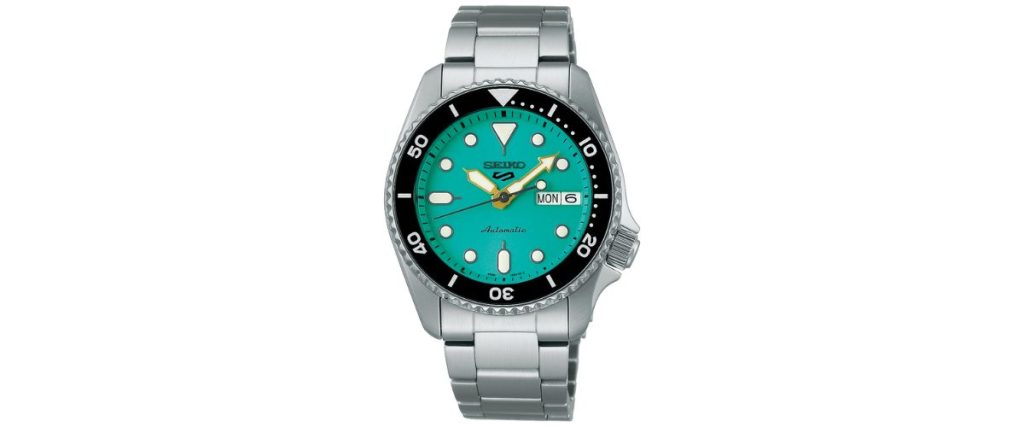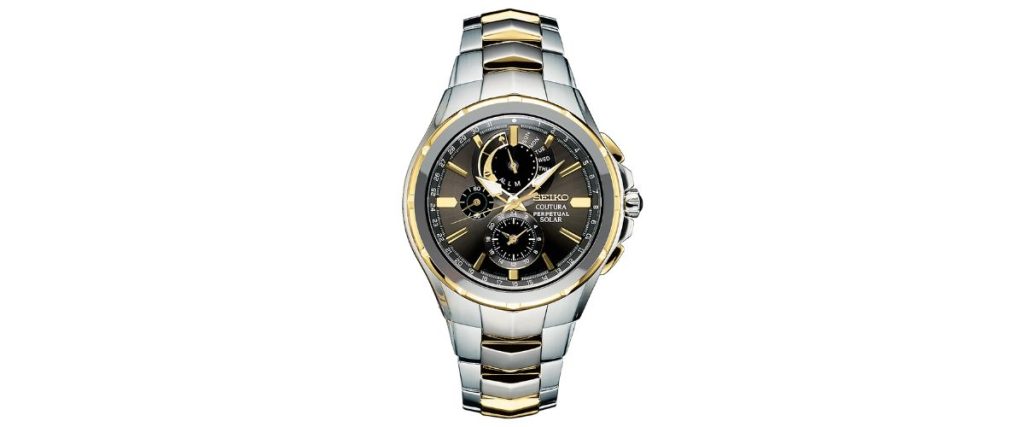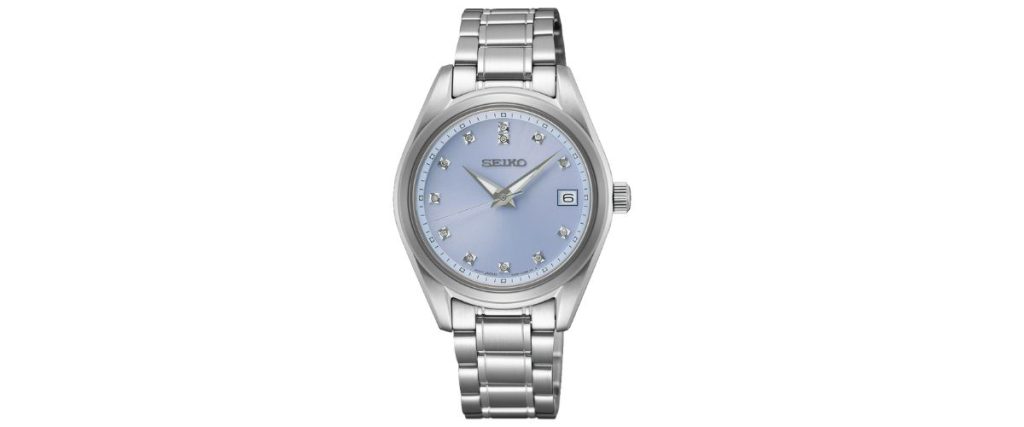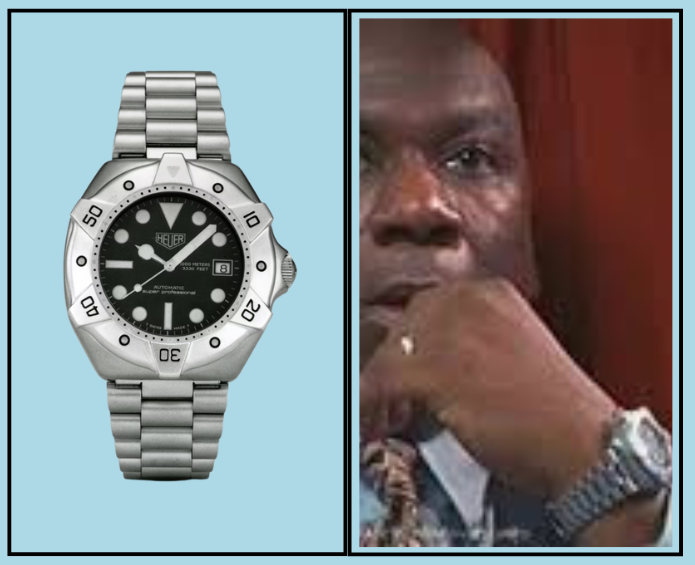
In a market where the average watch size tends to be upwards of 46mm in diameter, it’s pretty clear that the target audience isn’t necessarily female. It’s hard enough for most men to reasonably pull off a watch of that size!
To find a good fitness watch for women, you can’t just peruse any number of the other fitness watch articles available online. You need something specific and dedicated. Here’s just that very article you’re looking for!
These 12 watches all share one key advantage over your typical hulking fitness watch: they actually look good, too. Instead of raw titanium and oversized electronics, these ladies’ watches are wearable and stylish, to the point where they’d be attractive even to many men.
If you’re tired of the oversized fitness trackers out there and are looking for something new, look no further!
What to Look For in Fitness Watches for Women
Just as I briefly mentioned above, a key trait you’ll want to keep an eye on first with these watches is their aesthetic appeal and style.
After all, the style is the first thing you see with any watch you take a look at, and it might as well be the first thing to consider while you’re at it.
We’ll be keeping the watches to a minimum in terms of their diameter and height, which is a bit of a prickly business in the world of fitness watches.
Thankfully, not a few of the major companies out there are great at covering all parts of the market, including the female side, so there are plenty of good-looking options to choose from.
After that, let’s talk about the fitness tracking features. Just as the aesthetic appeal of any fitness watch is a personal matter, so too will be the selection of trackers and apps that the watch has to offer.
If you’re a professional athlete (or a dedicated amateur!), a full suite of sport modes and training plans is critical to pushing yourself to the limit and hitting new PRs.
If you’re just looking for something to stay on top of your everyday health, you’ll really only be shopping for something with a heart rate monitor and step count tracker.
This is definitely something to keep an eye on, as you can end up drastically overpaying for a watch that has more features than you’ll actually use, or can end up buying something that doesn’t even do what you need it to.
I’d encourage you to spend a moment thinking through the two criteria I just discussed. What kind of aesthetic are you looking for from your watch? A hybrid smartwatch or a full digital one? What features do you need from it?
Once you have a few ideas, go ahead and get right into the list, and you’ll be able to compare my description of each watch with what you need.
The 12 Best Fitness Watches for Women
Whether you’re looking for something everyday or an intense trainer, I have a watch for you on this list! Since I’ll just be doing a brief overview of each watch here, feel free to go ahead and search up any watches that interest you to find out more. Let’s get right into it!
Garmin Venu 3S – $350

Garmin does a great job at offering their models in a huge variety of colors and even usually a range of size options, so with the 3S you’ve got 5 different choices to go with the smaller case size indicated by the S in the name—which is just 41mm.
That size leaves the watch with a well-proportioned display (1.2” across, with AMOLED for brightness) as well as a reduced wrist presence.
The Venu 3 also supplies both everyday health tracking and dedicated fitness features in spades, with some of the headline features being Garmin Coach for developing training plans and energy tracking to follow how you’re sleeping and how energized you’re feeling each day, as well as menstrual cycle tracking.
Notably, you’re also able to track and manage stress well thanks to built-in meditation exercises and mindful breathing, stress tracking, and respiration throughout the day.
If you’re looking for primarily everyday health support as well as a decent suite of fitness and exercise features, the 3S is a great option for you.
Fitbit Charge 6 – $160
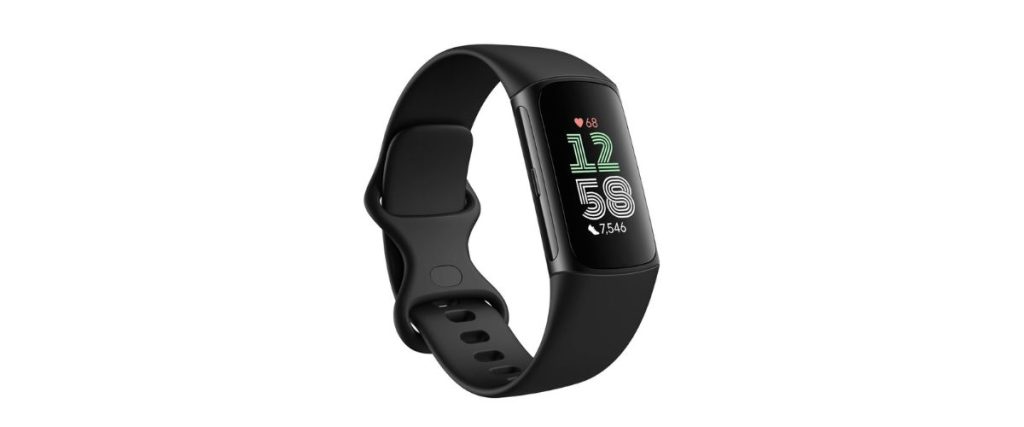
The Charge 6 is a great budget option that still manages to check all the boxes of a more expensive fitness tracker, like blood oxygen, skin temperature, stress management, and sleep score. It’s simple, straightforward, unobtrusive, and dependable.
That classic Fitbit silhouette is a svelte 36mm in length, 23mm wide, and 11mm tall, meaning it’ll only carve out a little sliver of your wrist space. Plus, since it clocks in at just 30 grams, you’ll hardly notice it at all on the wrist.
There are three case and band color combinations to choose from, which allows you to choose between two monochromatic looks (black and light gray) as well as my personal favorite, the coral strap and “champagne gold” case.
Do be aware that this watch works best when paired with the Fitbit app, and thus, if you want to unlock its full potential, you’ll need to pay for a Fitbit Premium subscription, which adds a bit to its price.
However, for such an affordable watch that performs like it’s top-of-the-line, that shouldn’t be too much of a problem, especially considering it’s optional based on your needs.
Apple Watch Series 10 – $399

If you’re looking for something a little more than just a fitness tracker and are a proud Apple user, this one is for you. It’s the most iconic watch in the world at this point, having sold well over 100 million watches, and it just keeps getting better.
Like I said, most of the other watches on this list are primarily limited to health and wellness features—the Series 10 does that and adds in all of the Internet access and everyday use features that you could ever need.
It’s simultaneously the slimmest and largest display Apple Watch on the market today, and its high-gloss case is absolutely stunning in almost any lighting.
Out of all the tech features, the Vitals app is going to be your key to staying on top of your wellness, as it’s the hub for easy access to metrics like respiratory rate, sleep duration, and wrist temperature.
There’s also a separate Cycle Tracking app for women’s health. The Activity app supplies daily fitness goals, and you can also access a large variety of sport modes and see training load metrics. For the ultimate do-it-all watch, this is the best option out there for Apple users.
Garmin vívomove Luxe – $500
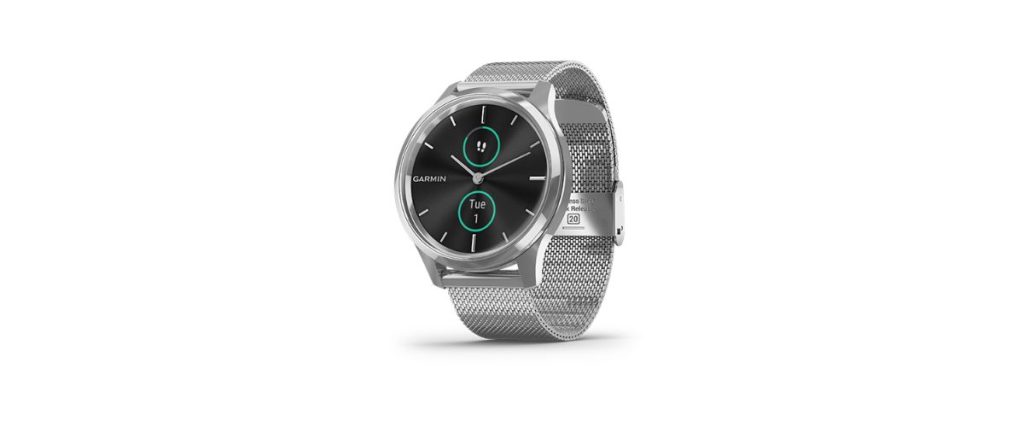
Your average fitness watch is far from luxurious. It’s more often a hunk of titanium on the wrist that just so happens to be wrapped around a large electronic heart that powers the display.
The vívomove Luxe, however, manages to deftly bridge this gap and fill a unique niche in the watch world by offering a hybrid smartwatch with a truly beautiful appearance.
In particular, the Milanese mesh band that comes with each model is well-crafted and adds a distinct touch of class. The vívomove Luxe comes in two models: stainless steel and my personal favorite, the 18K rose gold-plated edition.
Both models feature the same suite of features, which includes step tracking, sleep score, women’s health tracking, and energy monitoring.
It doesn’t quite have all the electronic advantages that you’d get with a suped-up Garmin, but it is without a doubt an exceptional everyday wear watch with tremendous class and charm.
Polar Ignite 3 – $350
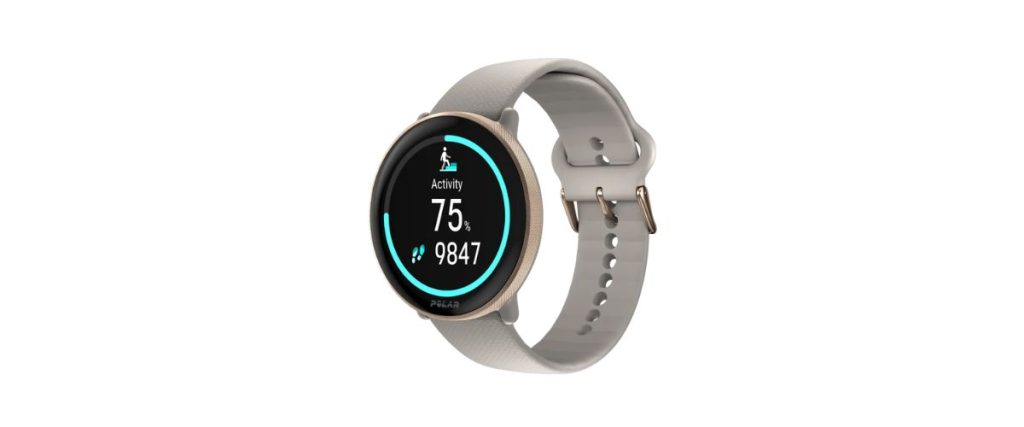
The Ignite 3 is a little larger than others at 43mm in diameter, but it remains wearable and eye-catching, thanks to its slim profile and beautifully crafted case and dial.
In particular, you’ll be a fan of the textured case flank, which has a beautiful patterning that depends on the model that you opt for.
The display is large and sumptuous, which leaves almost no bezel and maximizes the 43mm profile to stunning effect.
For such a thin watch, Polar packs in a shocking density of features, such as a sleep score, daily activity target, and guided breathing. But what’s most striking to me about this watch is what it offers that I haven’t seen anywhere outside of Polar.
For example, you can get an analysis of your aerobic fitness just by laying down and relaxing for a few minutes, which makes it easy to get an idea of how much you can progress.
Another particularly interesting one is the after-exercise Energy Sources feature, which lets you know how much of each type of energy source you used, including fats, carbohydrates, and proteins.
The Ignite 3 is one of those fitness watches that does just about everything in a beautiful frame at a reasonable price—what more could you ask for?
Garmin Lily 2 – $200

The Lily 2 is a true ladies’ watch in the most traditional sense of the term, which in watchmaking history has meant an extremely small and unobtrusive profile that feels more like an article of jewelry than a watch.
In this case, that means a shockingly slim 35.4mm diameter and 10.1mm thickness, paired with a hidden display to maximize its unobtrusiveness on the wrist.
The screen of the watch is patterned with a lovely style of your choice and wakes up with a tap, allowing you to have access to whatever you need on demand and for the rest of the time remain as nothing more than a patterned jewelry piece.
In terms of the electronics inside, the Lily 2 is a great everyday watch, but unfortunately little more than that.
The fitness features are extremely limited—although, interestingly, are best at tracking various dance fitness activities.
Thankfully, the rest of the health trackers are spot-on: morning report, women’s health tracking, meditation, stress, mindfulness, pulse oxygen, and more. For such an affordable price, the Lily 2 is one of the most elegant and well-made options on the market.
Garmin vívosmart 5 – $150
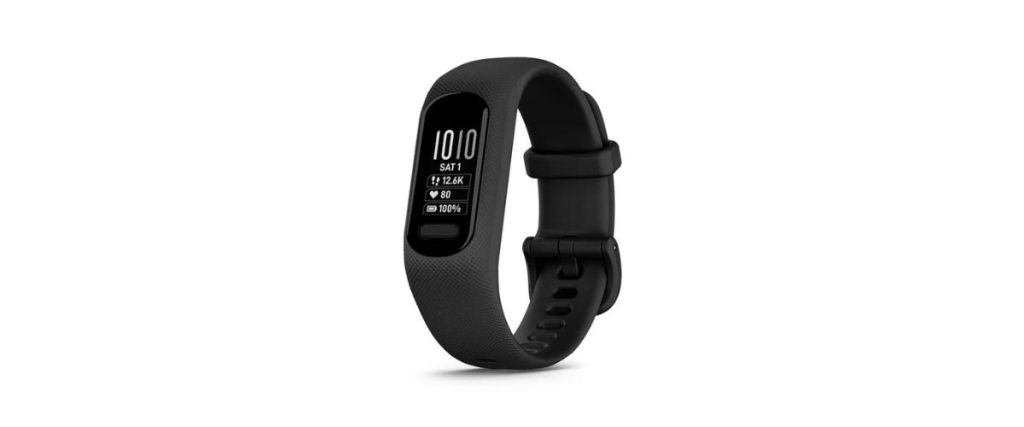
The vívosmart 5 is simple, easy to use, and a great budget option. You’ll barely notice it on your wrist at just 19.5mm x 10.7mm and a weight of only 24.5 grams, but you won’t be able to ignore its great suite of health trackers.
Energy monitoring, stress, mindful breathing, respiration, and women’s health, among others, are all displayed on demand on its minimalistic screen.
It also syncs with Garmin Connect on your phone, allowing for easy access to your health data from anywhere, even if you’re not wearing the watch.
Like the Lily 2, it’s not great for exercise tracking beyond a simple step count and a few built-in sports apps, but as a budget everyday wearer, it’s all you could want.
COROS PACE 3 – $230
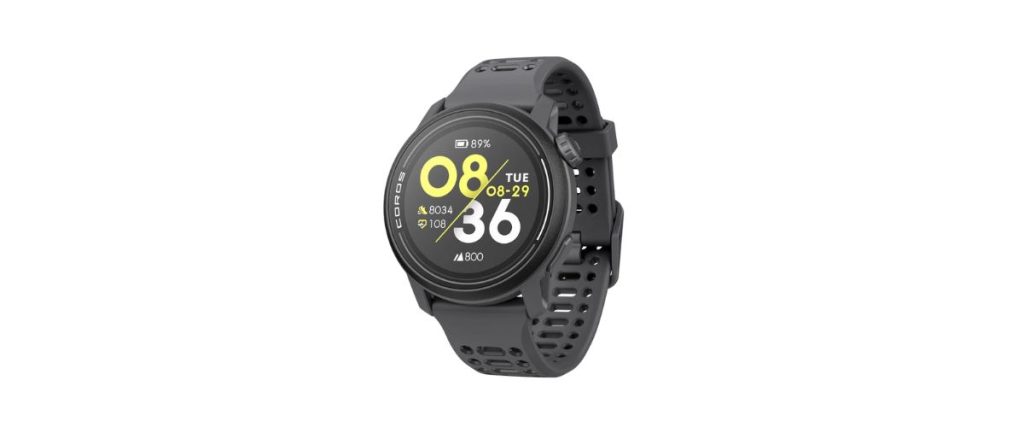
Swinging all the way to the opposite side of the spectrum from the vívosmart 5, the PACE 3 is one of the best options on the market for dedicated athletes despite its shockingly affordable price.
Its case size is not overbearing at just a hair under 42mm in diameter, and its profile is simple and unobtrusive. If you’re an endurance athlete, you’ll love the 15 days of battery life in smartwatch mode and 38 hours of continuous use in GPS mode.
COROS packed a huge suite of sport modes for athletes and even features personalized training guidance from expert coaches on their team.
Elite athletes make use of COROS’ Training Hub tool online, which syncs with your watch and provides every insight imaginable into your overall wellness and health.
There are so many other sensors that I couldn’t possibly list them all out here. For the price of just $230, the PACE 3 is without a doubt one of the best fitness watches out there.
Polar Unite – $175
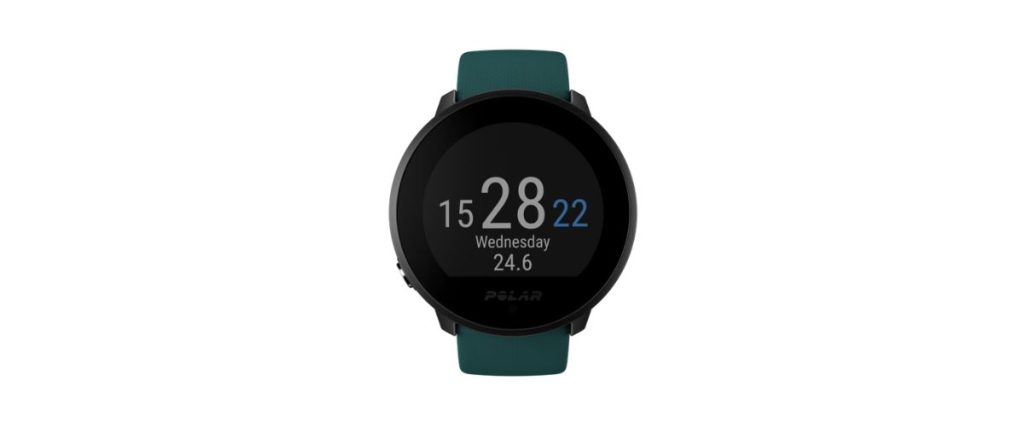
Another simple budget option, the Polar Unite is a smartwatch that meets all your everyday needs and does nothing more. It’s neither the most elegant nor the most slender at 43mm by 10.4mm, but for its price, it manages to get a heck of a lot done.
Every day, you’ve got both a step counter and activity tracker that follows your percentage of progress toward meeting a daily activity goal as a strong motivation to keep active.
There are even daily workout suggestions coupled with animated demonstrations of how to do each type of suggested exercise with proper form.
Mindful breathing, sleep score, and an advanced heart rate tracker round out the everyday features. It’s nothing to write home about, but for the price and for those of us who don’t need the top-of-the-line fitness features, it’s an exceptional watch.
Samsung Galaxy Watch Ultra – $650
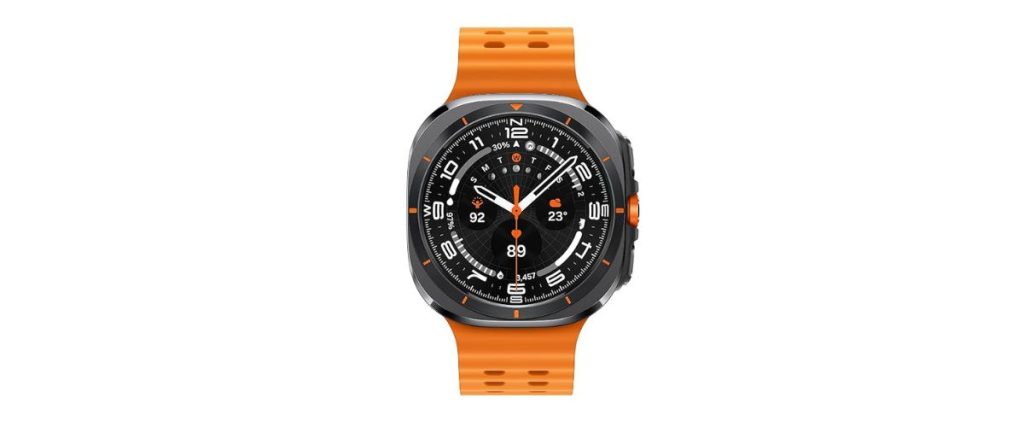
For the Android users among us, the Galaxy Watch Ultra is a great one to consider for as long as you’re determined on keeping the group chat messages green. I kid, but this is seriously a great watch for fitness and it just gets better when paired with a Galaxy phone.
It’s a decently good-looking watch with its cushion form case, but it’s really for the fitness and everyday features that you’ll be picking this one up.
The price reflects that this is a watch that doesn’t just do fitness things like most of the others, it’s a full-blown smartwatch with Internet access and the works to meet all your everyday needs, not just the health ones.
On the health side of things, the headliner feature here is the inclusion of Galaxy AI to provide insights on all your training and data, as well as your daily readiness for exercise and activity.
Plus, instead of sleep score like all the other watches, you’ve got a Sleep Coach, with insights on how to improve your rest. It’s one of the most expensive watches here, but for a do-it-all that pairs perfectly with your Android phone, it’s just about perfect.
Withings ScanWatch 2 – $370
The ScanWatch 2 is one of the loveliest hybrid smartwatches available today, but don’t let the fact that it looks so much like a normal watch fool you—it’s got a superb suite of health features under the hood, no matter how discreetly displayed they may be.
Pulse oxygen sensing gives you insights into your respiratory health, a medical-grade ECG can give you a full cardiovascular assessment, and 24/7 skin temperature tracking can alert you if you’re starting to get sick.
You’ve got a variety of sport modes and fitness features, and you can even use the skin temperature tracker to avoid overheating and thus losing energy due to heat exhaustion.
Like Fitbit, you can connect easily to the Withings app, and if you’re looking to go deeper into your insights, you’ll want to sign up for a Withings+ subscription.
It’s a clean, elegant, and simple watch whose classy appearance hides a superbly cutting-edge electronic heart.
COROS APEX 2 – $450
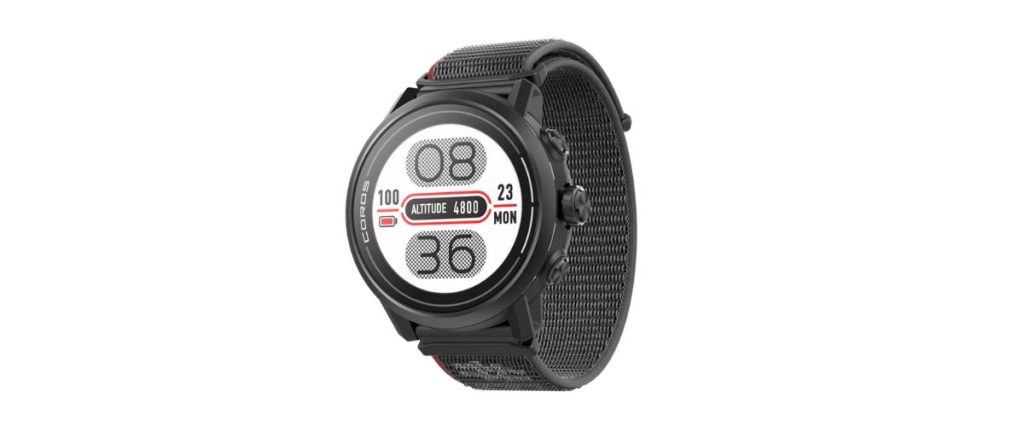
Last but certainly not least, we’ve got a great offering from everyone’s favorite all-caps brand designed for outdoor athletes, especially mountaineers and hikers.
COROS has put a lot of thought into the GPS features for this one, even going so far as to redesign the exterior GPS antenna, and improve the navigation features, so no matter where you’re journeying, the APEX 2 will be there to support you.
The sleep tracker follows each stage of your sleep to determine how ready you are for physical activity, and you get access to the COROS Training Hub where you can get coaching plans along with automatic data syncing from your watch.
Plus, the APEX 2 automatically tracks how many sets and reps you’ve done for each exercise, so if you’ve preloaded one with a set number of sets and reps, you’ll be able to easily tell when you’re done and just focus on form.
It’s not the most elegant or the most wearable fitness watch for women, but it is one of the most purpose-built and has one of the best suites of outdoor fitness options. If that’s what you’re looking for, no one does it better than the APEX 2.
Conclusion
While that may be it for this list, the world of fitness watches is a wide and wonderful one, so if you didn’t find something for you here, this list can also be a great starting point for your own search to find the watch that’s just right for you.
Whether you’re a dedicated athlete or just following your day-to-day routine, there’s a watch tailored to your wants and needs!


